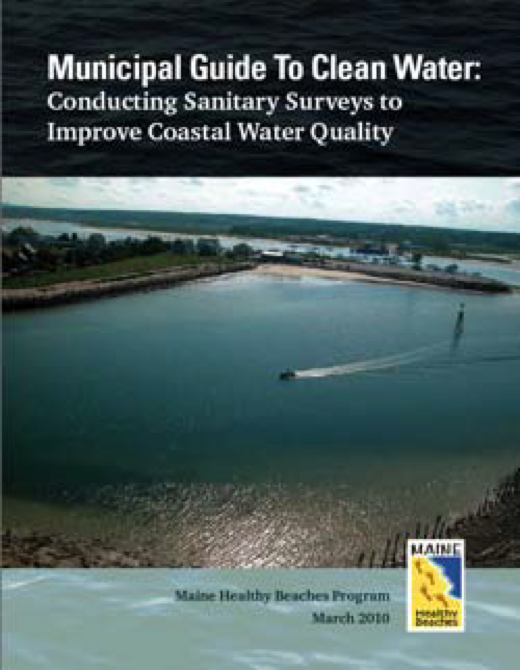Sanitary Surveys to Improve Coastal Water Quality
In order to address potential pollution, the sources have to be identified. The goal of a sanitary survey is to identify and document sources of bacterial contamination affecting resources like:
- coastal beaches,
- shellfish growing areas, and
- the freshwater flowing to these areas.
One of the most important tools in preparing for a sanitary survey is creation of GIS maps of the study area. GIS maps also help organize survey information and track the progress of remediation efforts.
A sanitary survey is a proactive way to protect human health and the environment. Generally, actual and potential sources of pollution are identified only after water quality problems have been documented. In order to protect public health by preventing pollution-related illnesses, a proactive rather than a reactive approach is essential for maintaining healthy water quality conditions.
 What can municipal officials do?
What can municipal officials do?
Sanitary sureveys conducted by state agencies are limited to areas close to shore and also to certain pollution types. Municipalities may rally volunteers and support local plumbing inspectors in conducting a full sanitary survey. Experts from state should be invited by municipalities to provide assistance and guidance:
- Maine Center for Disease Control and Prevention
- Maine Department of Environmental Protection
- Maine Department of Marine Resources
- Maine Healthy Beaches
Allowing access to private property for the survey is voluntary. To be respectful of this, the decision to prepare a sanitary survey should be made with abundant public input from:
- shellfish harvesters
- residents along closed mudflats
- Planning Board members
- Local Plumbing Inspector
- Code Enforcement Officer
Before embarking on a local sanitary survey, reading this guide is highly recommended: Municipal Guide to Clean Water: Conducting Sanitary Surveys to Improve Coastal Water Quality, prepared by the Maine Healthy Beaches Program in March of 2010.
 Menu
Menu